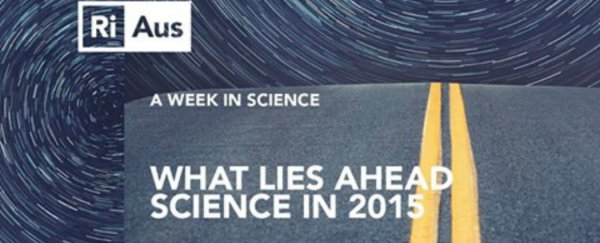This year, NASA's New Horizons mission is headed to Pluto, the early results of which were announced today, as the spacecraft delivered its first images of Pluto and its largest moon, Charon. It's no easy task - even if the mission successfully makes it to Pluto at the very edges of the Solar System, it then has to successfully relay all the information it collects back to Earth, across several billion kilometres. To give you some idea of how far that is, says the latest epiaode of RiAus's A Week in Science, the signals of New Horizons as it woke up from hibernation late last year took 4.5 hours to make it back to Earth.
Once New Horizons is done with Pluto and its moons, it will take off for the Kuiper Belt, located in the Solar System, just past all the planets.
Also worth looking out for this year is the pair of Swiss explorers, who will attempt to circumnavigate the globe in a solar-powered plane - a journey that will will take then 500 flying hours to cover 35,000 kilometres. This single-seat, carbon-fibre aircraft has a wingspan of 72 metres, and while it's wider than a Boeing 747, it weighs just 2,300 kg, says RiAus.
It's got 17,000 solar cells covering its wings, which run four electric motors. During the day, these solar cells will be able to recharge over 600 kg of lithium ion batteries, which will power the aircraft at night in the absence of sunlight. The only downside? The aircraft can only travel at about 70 km/h, and when you consider that a commercial Boeing 747 often hits almost 1,000 km/h, this slow speed will be an issue if we want to see solar-powered commercial flights in the future.
And the third most exciting science project coming up this year? Well, we don't want to spoil it, but let's just say there's a car that's expected to beat the current land-speed record - 600 km/h. Watch A Week in Science above to find out how.
We cannot wait.
Source: RiAus
